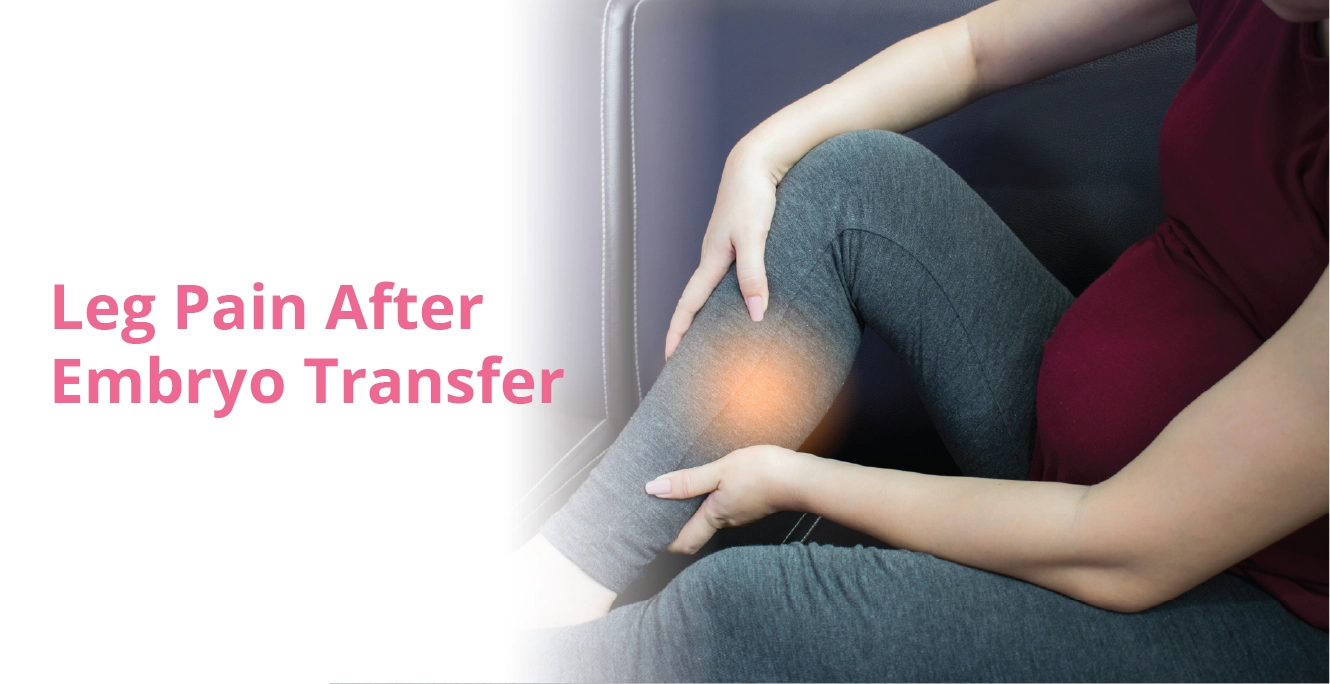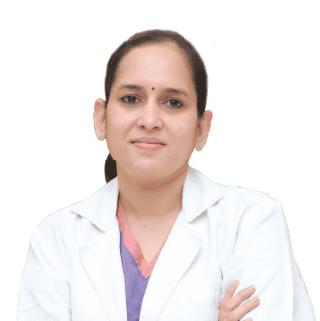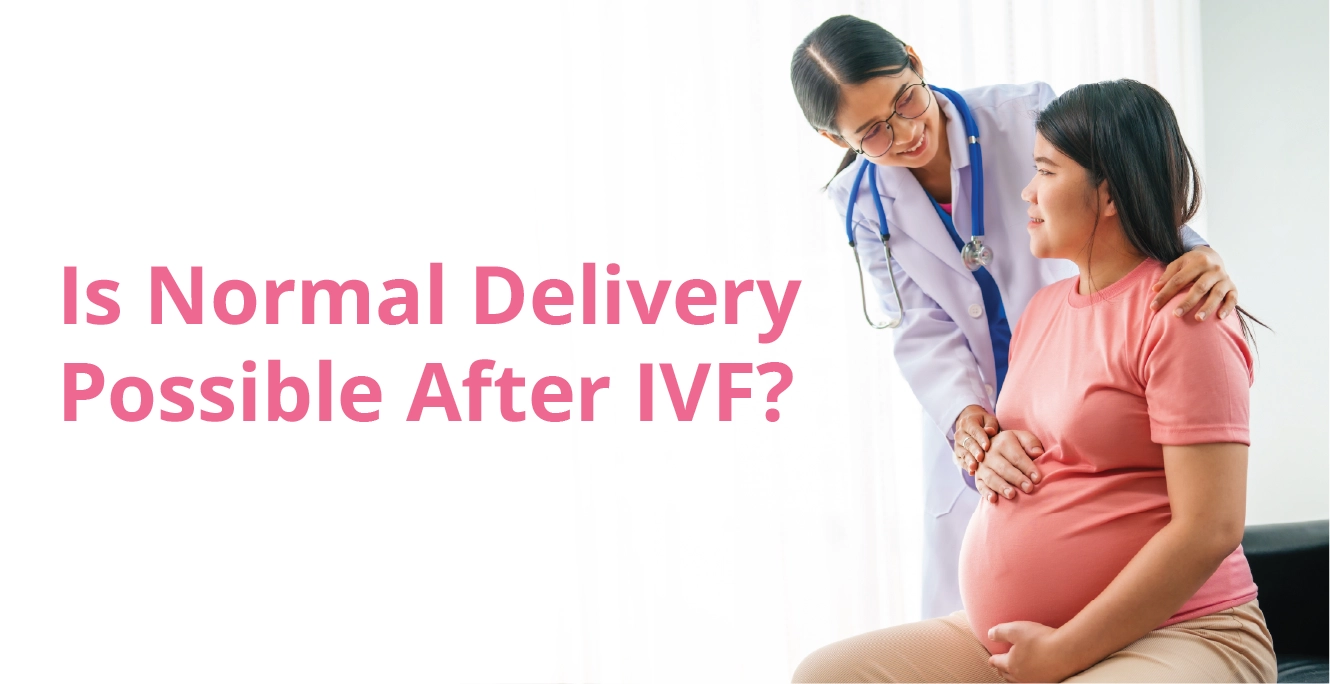Fresh vs. Frozen Embryo Transfer: What is the Difference?


Table of Contents
When it comes to fertility treatments, one of the critical decisions couples and individuals face is choosing between fresh and frozen embryo transfers. Understanding the nuances of these options can help you make an informed decision. This blog highlights the key differences, benefits, and considerations associated with fresh vs frozen embryo transfers.
What is Embryo Transfer?
Embryo transfer is a crucial step in the in vitro fertilization (IVF) process. It involves placing a fertilized embryo into a woman’s uterus with the hope of achieving a successful pregnancy. The primary distinction between fresh embryo transfer and frozen embryo transfer is the timing and state of the embryos at the time of transfer.
Fresh Embryo Transfer
In a fresh embryo transfer, embryos are transferred into the uterus within a few days after fertilization process and cultured in the lab set-up. Here’s a closer look at the process and considerations:
Process:
- Ovarian Stimulation:The woman undergoes ovarian stimulation resulting in the production of multiple eggs.
- Egg Retrieval: Mature eggs are then retrieved and collected from the ovaries.
- Fertilization: The retrieved eggs are later fertilized with sperm in the lab to culture the best-quality embryos.
- Embryo Transfer: Typically, one or more embryos are transferred into the uterus, three to five days after fertilization.
Advantages:
- Quicker Timeline: Since the embryos are transferred soon after fertilization, there is no need to wait, potentially leading to a quicker pregnancy.
- Immediate Use: Couples or individuals can proceed with the transfer immediately without the need for additional procedures.
Frozen Embryo Transfer (FET)
In a frozen embryo transfer, embryos are cryopreserved (frozen) after fertilization process and transferred at a later date to achieve pregnancy. This approach involves a slightly different process and set of considerations:
Process:
- Ovarian Stimulation and Egg Retrieval: As in fresh cycles, eggs are retrieved after ovarian stimulation to produce a better quality and number of eggs.
- Fertilization and Freezing: Fertilized embryos are cryopreserved for future pregnancy plans.
- Preparation for Transfer: The woman’s uterine lining (endometrium) is prepared through hormonal therapies to create an optimal environment for embryo implantation for further development.
- Thawing and Transfer:Embryos are thawed and transferred to the uterus at the appropriate time.
Advantages:
- Improved Uterine Environment: The delay allows the woman’s body to recover from the hormonal stimulation, often leading to a more receptive uterine environment.
- Reduced Risk of OHSS:Since there is no immediate transfer, the risk of OHSS (ovarian hyperstimulation syndrome) is minimized.
- Flexibility in Timing:FET offers more flexibility in terms of timing, allowing for careful planning and scheduling.
Fresh vs Frozen Transfer
Here is the table for a better understanding of the key differences between fresh and frozen embryo transfers:
| Aspect | Fresh Embryo Transfer | Frozen embryo Transfer |
| Timing | Transferred within days after fertilization | Transferred at a later date |
| Uterine Environment | May be affected by ovarian stimulation | Optimized as the body recovers from stimulation |
| Risk of OHSS | Higher risk due to immediate transfer | Lower risk due to delay |
| Embryo Survival | No thawing needed | Requires successful thawing |
| Flexibility in Timing | Less flexible, immediate transfer required | More flexible, allows for careful planning |
| Cost | Potentially lower, no freezing costs | Additional costs for freezing and storage |
| Success Rates | Historically high but comparable to frozen | Comparable or higher success rates |
Success Rates: Fresh vs. Frozen Embryo Transfer
Success rates can vary depending on various factors, including the woman’s age, the quality of embryos, and the specific circumstances of each case. However, recent studies suggest that frozen embryo transfers may have comparable, if not higher, success rates compared to fresh transfers. This improvement is attributed to the ability to optimize the timing and condition of the uterine lining.
Conclusion
Both fresh and frozen embryo transfers offer unique advantages and considerations to couples seeking assisted reproduction treatments. Fresh embryo transfers provide a quicker route to pregnancy, while frozen transfers offer flexibility and potentially better uterine conditions. Consulting with a fertility specialist can help personalise the approach to individual needs and circumstances, maximizing the chances of a successful pregnancy. Understanding the key differences between these two types of embryo transfers is crucial in making an informed decision on the path to parenthood. If you are looking for the right guidance, consult our highly experienced fertility specialist today by calling the mentioned number or book an appointment by filling in the required details in the given form.
Our Fertility Specialists
Related Blogs
To know more
Birla Fertility & IVF aims at transforming the future of fertility globally, through outstanding clinical outcomes, research, innovation and compassionate care.
Had an IVF Failure?
Talk to our fertility experts

 Our Centers
Our Centers









